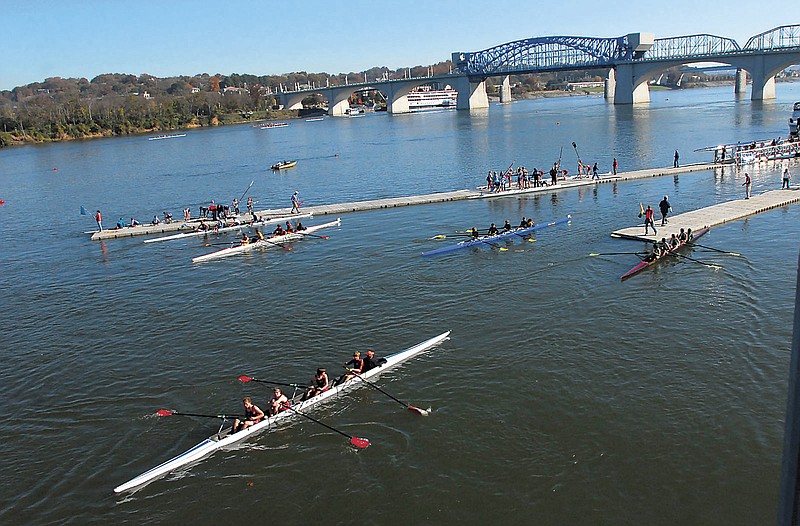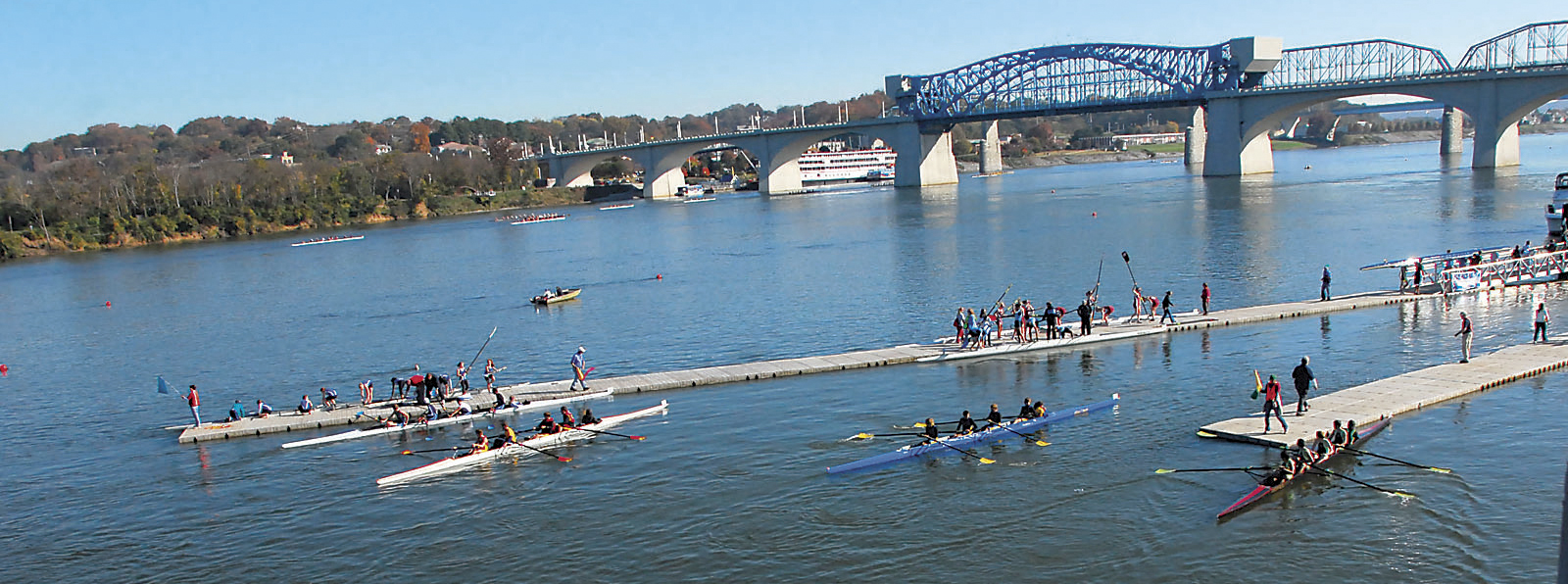What's in a place name? Lots of history, that's what. Through the years, local historians such as the late Zella Armstrong, author of the two-volume "History of Hamilton County and Chattanooga,'' have chronicled the naming of area sites:
CHATTANOOGA - The name came from white settlers' pronunciation and respelling of Tsatanu-gi, chat-to-noo-gee or cha-ta-nu-ga, which in the Creek Indian language means rock coming to a point, or end of the mountain. The word was the Creeks' description of Lookout Mountain, which remains the dominant landmark of Chattanooga.
TENNESSEE - This name was Cherokee. Tanasi [sometimes spelled Tanase, Telasi, Tenassee, Tunissee] was the historic Overhill Cherokee village in Monroe County, now submerged by water backed up by the Tellico Dam on the Little Tennessee River. Tanasi served as the de facto capital of the Cherokee from about 1721 until 1730.
ROSS'S LANDING AND ROSSVILLE - Named for Cherokee chief John Ross and his father, a Scottish trader, Ross's Landing was the first name of Chattanooga. The town grew around Ross's trading store beside the river. Rossville was named for Chief Ross, who had a house and farm there.
AMNICOLA - Named in Latin and translated as dwelling by the river or bank of the river, Amnicola was the 1870s farm name of the Thomas Crutchfield plantation.
CHICKAMAUGA - Another Creek Indian word, tsikamagi, means dwelling place of the chief or the war chief lives here. The Dragmonough, or warrior chief, was known to settlers as Dragging Canoe. Dragging Canoe led a politically-detached branch of the Cherokees called the Chickamaugas, who separated from the Cherokees who traded land to the whites. The Chickamaugas' chief village during the 18th century was located just north of what is now the Chickamauga Dam. Creeks flowing to both sides of Tennessee River in that area still are known as the North and South Chickamauga creeks.
SODDY - An Anglicized spelling and pronunciation of the Cherokee word for spring, Tsati means, literally, a sipping place. The name likely designated what now is called Wallace Spring. In early records Soddy also was referred to as Satti or Sotti. It became Soddy-Daisy when the two towns of Soddy and Daisy - named for the daughter of the town's coal company president - merged.
OOLTEWAH - The origin of this is in dispute. One historian claimed it comes from the Creek work ui, meaning water and tewah, or resting place. Another claim is that it means owl's nest.
WAUHATCHIE - Also of Creek origin, wah means great and hatchie means river. Henry Timberlake, a soldier, journalist and cartographer who lived among the Indians in the 1760s, said one of the many names for the Tennessee River was Wau Hatchie.
WALDEN'S RIDGE - This 74-mile-long ridge on the eastern edge of the Cumberland Plateau was named for a 18th-Century longhunter named Elisha Wallen. Early maps show the ridge as Wallen Ridge.
RED BANK - Known before the Civil War as Dry Valley, the area now named Red Bank was Pleasant Hill after the war. The town's first postmaster, George S. Hartman, in 1885 was asked by the Post Office Department to change the name because it already was in use. Trying to think of another name, Mrs. Hartman looked out the window and saw the red bank of a hill, freshly washed by rain. So, in 1887 Red Bank came to be.
MISSIONARY RIDGE - This eastern edge of downtown Chattanooga took its name from the missionaries who operated a Cherokee mission and school in Brainerd, and Brainerd was named for David Brainerd because of his devotion to American Indian evangelism.
- Compiled by staff writer Pam Sohn.

